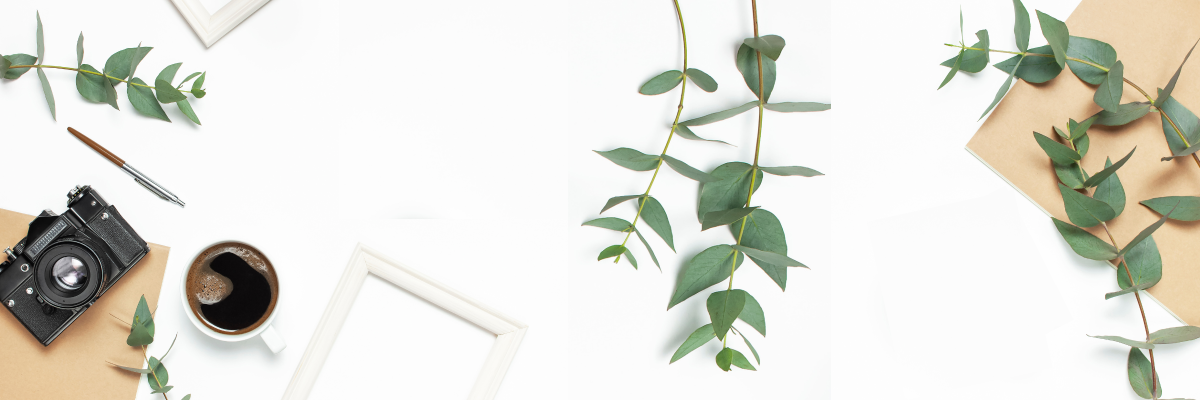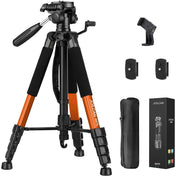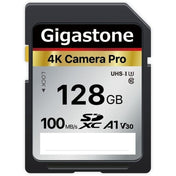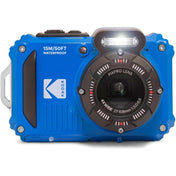In the world of photography, capturing the perfect moment is just the beginning of a beautiful visual journey. No matter whether you are a seasoned photographer or a passionate hobbyist, photo editing plays an essential role in crafting striking images that communicate your unique style. This comprehensive guide will explore the essentials of photo editing, focusing on techniques, tools, and creative tips to enhance your photographic style, including how to showcase stunning images captured with your FujiFilm Instax Wide 300.
The Importance of Photo Editing
Photo editing is not just about correcting colors or removing blemishes; it’s about transforming a good photograph into a great one. Here are several reasons why photo editing is crucial in today's digital age:
- Enhanced Quality: Editing allows you to adjust clarity, contrast, and brightness to make your images pop.
- Brand Identity: Consistent editing styles help establish a recognizable personal or business brand.
- Storytelling: Effective editing enhances the narrative of your photographs, helping to convey emotions and themes.
- Artistic Expression: Photo editing empowers you to experiment and explore various artistic styles, pushing your creativity boundaries.
Essential Editing Tools You Should Consider
Before diving into the editing process, you need a solid toolkit. While there are countless options available, the following are some essential tools that cater to a range of needs:
Image Editing Software
Whether you prefer desktop applications or mobile apps, choosing the right software is vital for effective editing. Popular choices include:
- Adobe Lightroom: Ideal for professionals, it offers robust features for organizing and editing images in batch.
- Adobe Photoshop: A powerful tool for detailed editing and graphic design.
- Capture One: A favorite among professionals, especially those who shoot in RAW.
- Mobile Apps: Applications like Snapseed and VSCO provide user-friendly interfaces for quick edits on-the-go.
Presets and Filters
Presets and filters can save you time and help maintain consistency in your images. They can also serve as a great starting point for your edits. Look for options that work well with the kind of photography you’re focused on. For example, if you capture stunning miniaturized scenes with your FujiFilm Instax Wide 300, look for presets that enhance color saturation and depth.
The Basics of Photo Editing: Step-by-Step Process
Embarking on the photo editing journey can feel overwhelming, but breaking it down into manageable steps can simplify the process:
1. Import and Organize Your Photos
Before you start editing, import your images into your selected software. Organizing your photos into folders can save you time in the long run, allowing you to easily access and select the images you want to work on.
2. Basic Adjustments
Start by making basic adjustments that will set the stage for more in-depth editing:
- Crop and Straighten: Crop your image to remove distractions and improve composition. Straightening ensures your horizons and vertical lines are true.
- Adjust Exposure: Correct the exposure to brighten or darken your images as needed.
- White Balance: Correct any color casts to ensure the colors appear natural.
3. Refining Your Image
With your basic settings adjusted, it's time to refine your image further:
- Enhance Clarity and Contrast: Boosting clarity and contrast can help bring out the details in your photographs.
- Saturation and Vibrance: Adjust color saturation carefully; an over-saturated image can appear unnatural. Aim for a natural look, especially if you’re showcasing vibrant memories from your FujiFilm Instax Wide 300.
- Sharpening: Use sharpening tools to enhance the detail, but do this subtly to avoid creating unwanted noise.
Creating Your Unique Photo Editing Style
As you become more familiar with editing, you’ll want to develop a signature style that reflects your artistic vision. Here are some tips to help craft your unique editing aesthetic:
Play with Colors
Experiment with different color palettes to find what resonates with your individuality. Whether you prefer soft pastels or bold primaries, the way you manipulate color can significantly affect the story your images tell.
Incorporate Textures and Overlays
Adding textures and overlays can give your images an artful finish. Whether it’s a light leak, film grain, or soft vignette, lightly incorporating these elements can enhance the overall feel of your photo, making it both unique and reflective of your style.
Maintain Consistency Across Your Portfolio
Once you establish a personal style, consistently apply it across your work. Whether you're editing a shot of an outdoor adventure or a still life captured with your FujiFilm Instax Wide 300, consistency will create a cohesive portfolio that is distinctly yours.
The Art of Storytelling in Photography
Photography is not just about a stunning scene; it often tells a story. Enhance your storytelling using these tips:
Choose the Right Composition
Every story has a beginning, middle, and end. Frame your shots in a way that captures the essence of the narrative you intend to convey. Use the rule of thirds to create visual interest while guiding your viewers’ eyes through the frame.
Utilize Emotion
Capture genuine moments that reflect emotion — whether it’s joy, laughter, or contemplation. Editing can further amplify the emotional aspect of your photographs by adjusting the contrast or adding warmth, making them resonate with viewers on a deeper level.
Focus on Details
Small details often make the biggest impact. Zooming in while editing can help emphasize textures, expressions, or elements in your frame that might otherwise go unnoticed.
Final Touches: Exporting and Sharing Your Edits
Once your edits are complete, it's important to know how to export and share your work effectively:
Optimal Export Settings
When exporting your images, consider the destination. Higher resolutions are ideal for printing, while smaller file sizes work well for online sharing. Always save an uncompressed version for your archives.
Sharing Your Work
The digital age offers countless platforms to showcase your art — whether through social media, blogs, or online galleries. Share your favorite moments captured by your FujiFilm Instax Wide 300, and don’t shy away from writing a little story about the capture and your editing process to engage your audience.
Embrace Your Photographic Growth
In conclusion, photo editing is a powerful tool that allows you to enhance your photographic style while fully expressing your creativity. As you become familiar with its essentials, remember that practice is key to refinement—don't be afraid to experiment and make mistakes along the way. With each session, you will grow as a photographer and editor, leading to captivating images that tell compelling stories. Unlock your creative potential, and let your style shine!











